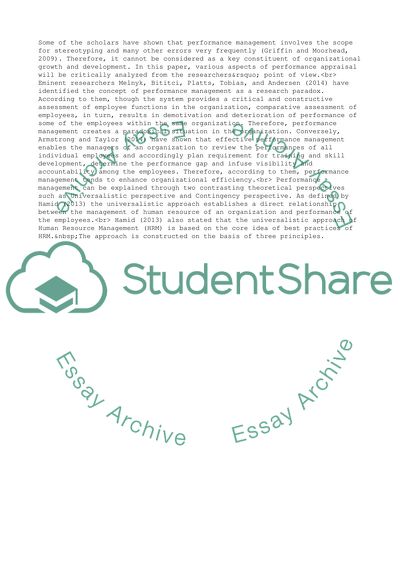Cite this document
(Performance Measurement Current Perspectives and Future Challenges Literature review, n.d.)
Performance Measurement Current Perspectives and Future Challenges Literature review. Retrieved from https://studentshare.org/management/1684390-critical-literature-review
Performance Measurement Current Perspectives and Future Challenges Literature review. Retrieved from https://studentshare.org/management/1684390-critical-literature-review
(Performance Measurement Current Perspectives and Future Challenges Literature Review)
Performance Measurement Current Perspectives and Future Challenges Literature Review. https://studentshare.org/management/1684390-critical-literature-review.
Performance Measurement Current Perspectives and Future Challenges Literature Review. https://studentshare.org/management/1684390-critical-literature-review.
“Performance Measurement Current Perspectives and Future Challenges Literature Review”, n.d. https://studentshare.org/management/1684390-critical-literature-review.


